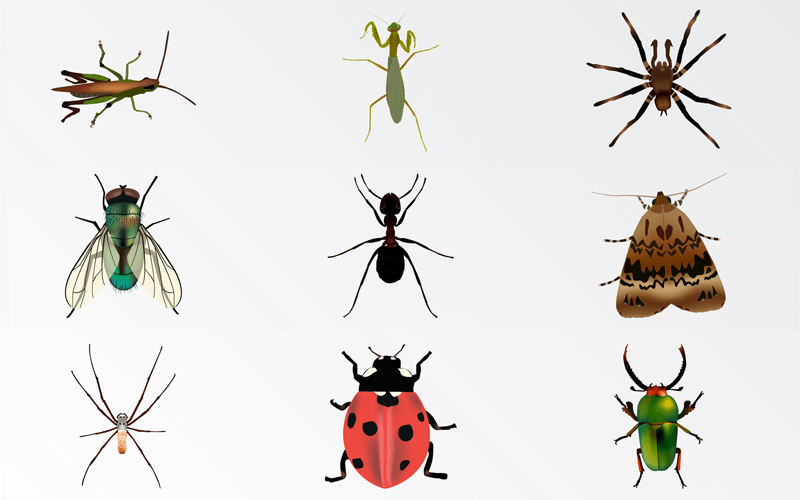Insects make up the bulk of terrestrial diversity. Reports of insect declines, best documented in Europe and North America, suggest that 40% of insect species in temperate countries may face extinction over the next few decades, although this figure is probably inflated. Other studies have highlighted falling insect biomass in Germany and Puerto Rico, as well as threats to many insect taxa in Europe and insect pollinators worldwide that support food production.
To protect insects, it is crucial that they are considered as separate species with distinct responses to threats, with particular attention to tropical insects and their habitats. Bees and butterflies may serve as an initial focus, but conservation efforts must go far beyond these iconic species. Halting habitat loss and fragmentation, reducing pesticide use, and limiting climate change are all required if insect populations are to be preserved.
…
About half of insect species are herbivores and have intimate relationships with their host plants; the slightest alteration to plant abundance or phenology may therefore have severe consequences for insect populations …. Habitat loss and fragmentation are probably the most serious threats to temperate and tropical insects, particularly to rare, endemic, and specialized species ….
Read full, original article: Toward a world that values insects































